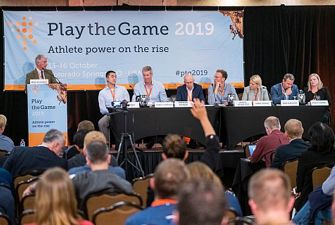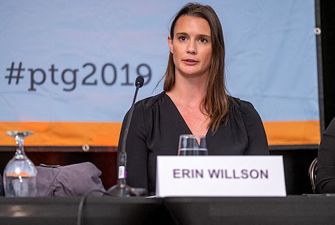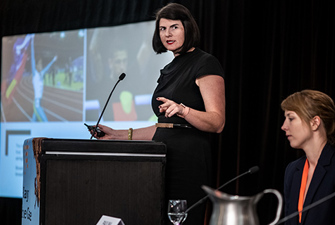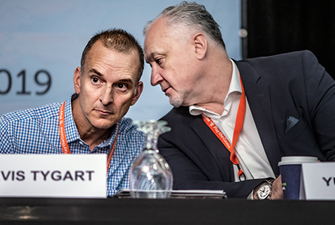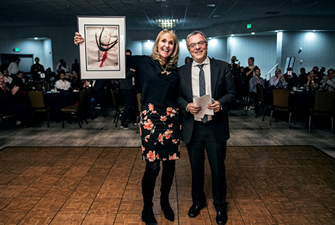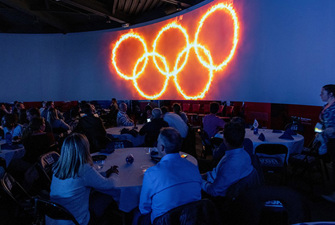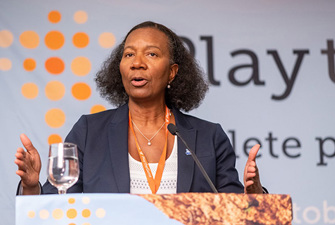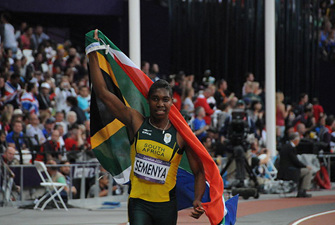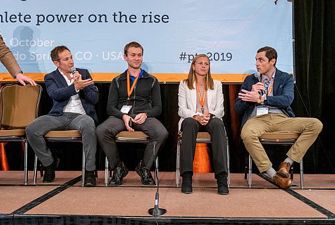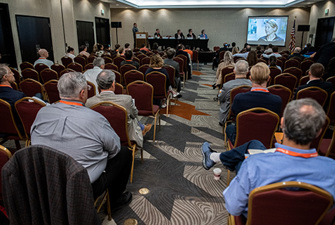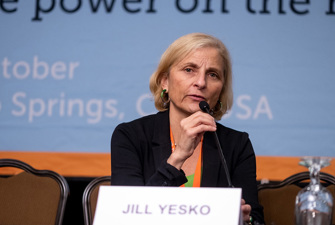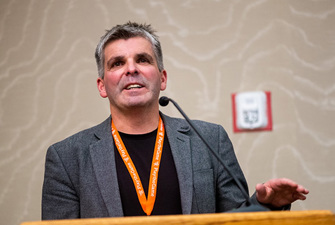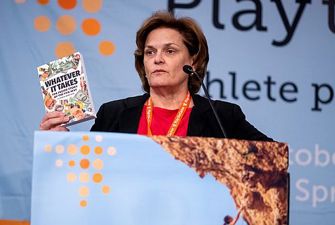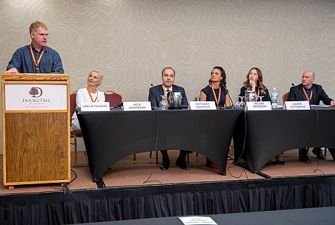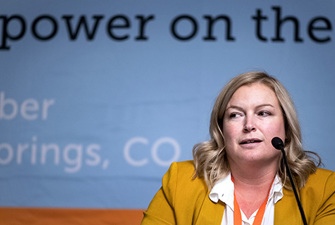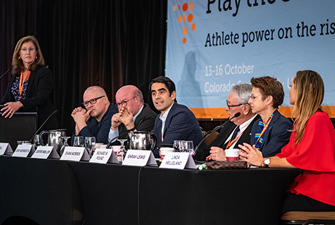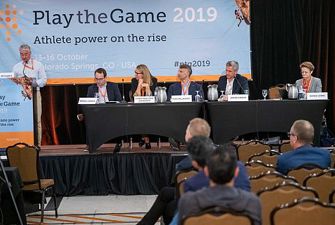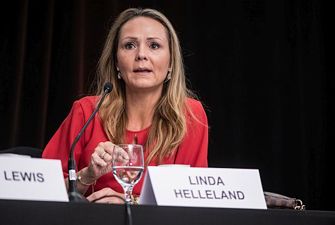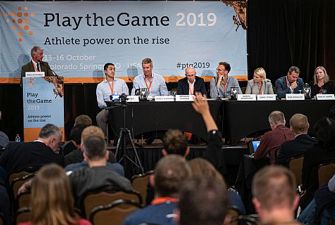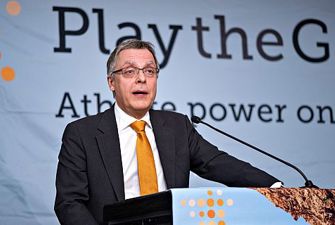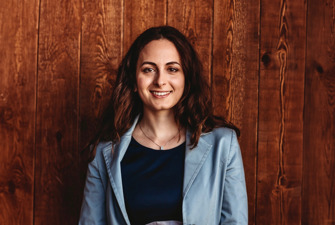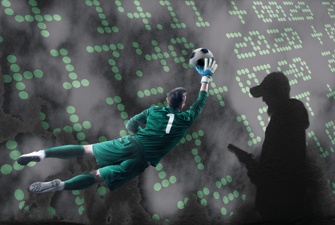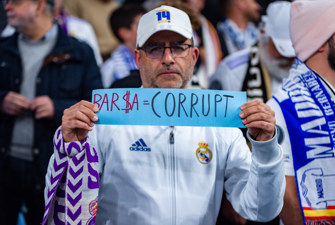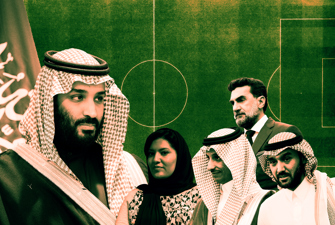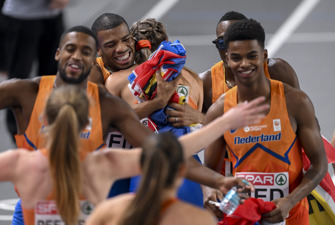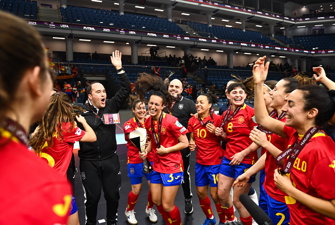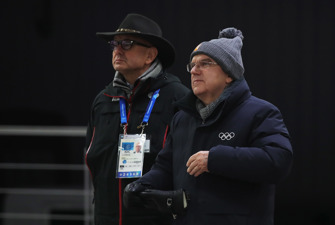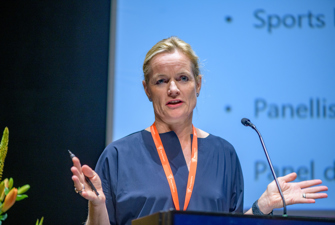The role of team doctors in professional sport
Most professional sports teams are obliged to employ a doctor. However, according to Professor Annette Greenhow, such employment relationships make conflicts of interests inevitable. The question is: how do we manage them?
Doctors are duty-bound to put the interest of their patients first, and are expected to adhere to the highest ethical standards, Annette Greenhow, Assistant Professor at Bond University, pointed out. However, cases can arise where the welfare of the player and the needs of the business do not align.
A recent example was the actions of former Chelsea FC doctor Eva Carneiro, who ran onto the pitch during a game to treat an injured player. The doctor’s first concern was for the welfare of the player, but in acting as she did, she incurred the wrath of the club’s coach who felt the injury was not of a serious nature. Following the incident, Carneiro left the club and subsequently received an apology and a settlement.
“It’s a complex relationship,” Betsy Gray of the Sandra Day O’Connor College of Law told Play the Game 2019. “Team doctors have a duty of care to the patient but also a duty to the club. They must alternate between these roles”.
“Clubs are businesses that are reliant on players performing to the best of their abilities,” she said. “Thus, business interests may conflict with the individual health interests of the players. For example, conflicts could arise when deciding whether an injured player should be allowed to return to the field.”
Players’ medical information, Gray said, is viewed as highly important by the clubs as well as by the doctors. Players typically sign a waiver designed to allow clubs access to their medical records, she said. “The club has a legitimate interest in accessing this information”.
To reduce the chance of concussive injuries, Gray pointed out, each NFL club is required to employ an unaffiliated neuro trauma specialist. The pressure to require these clubs to also employ unaffiliated doctors is growing, she said, due to lawsuits against team doctors, advances in medical knowledge and the publicity generated by career-threatening injuries.
Harvard researchers have proposed a new model, she said, under which each club employs two separate doctors – one solely devoted to player care and treatment, and another charged with evaluating players for “business purposes”.
Tom Moffat, CEO of the Federation of International Cricketers’ Associations said that decisions affecting players’ health and safety are being made by administrators on a daily basis. “This is a high performance environment,” he said. “Decision makers are not always objective when it comes to health of players. They are willing to be progressive when it comes to commercial ventures, but less eager when it comes to player safety.”
